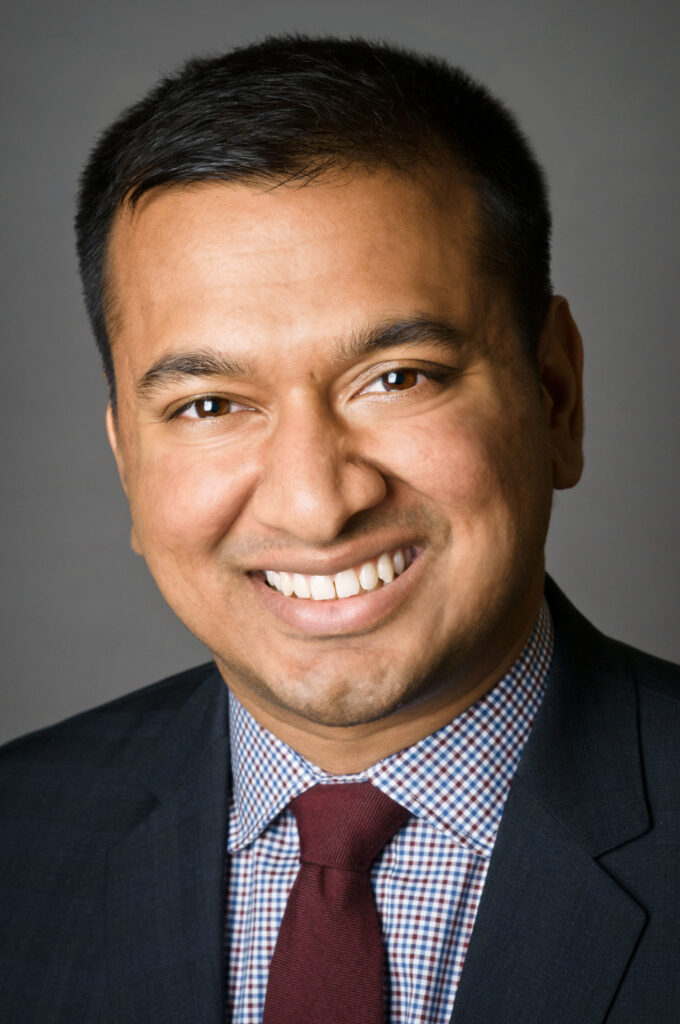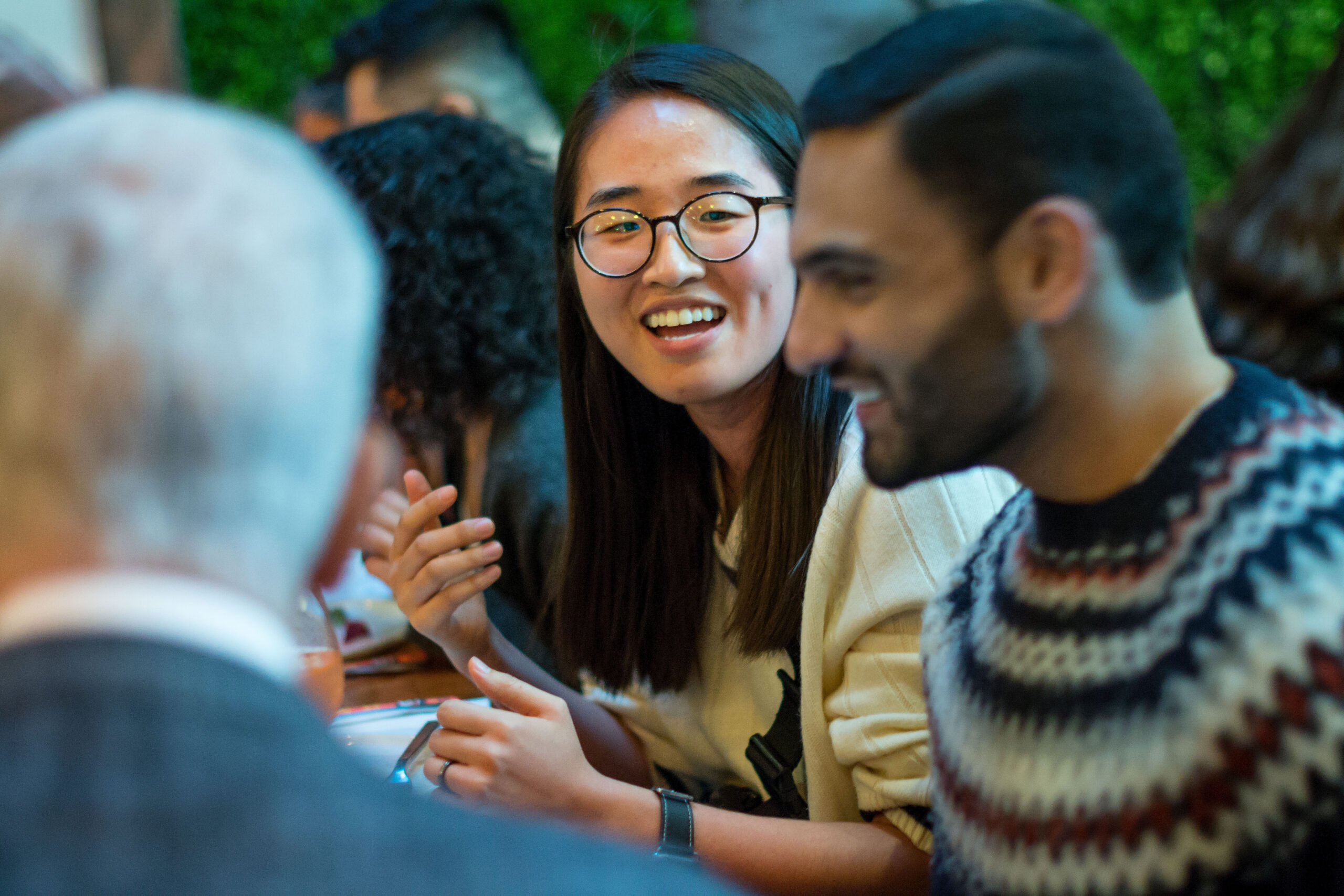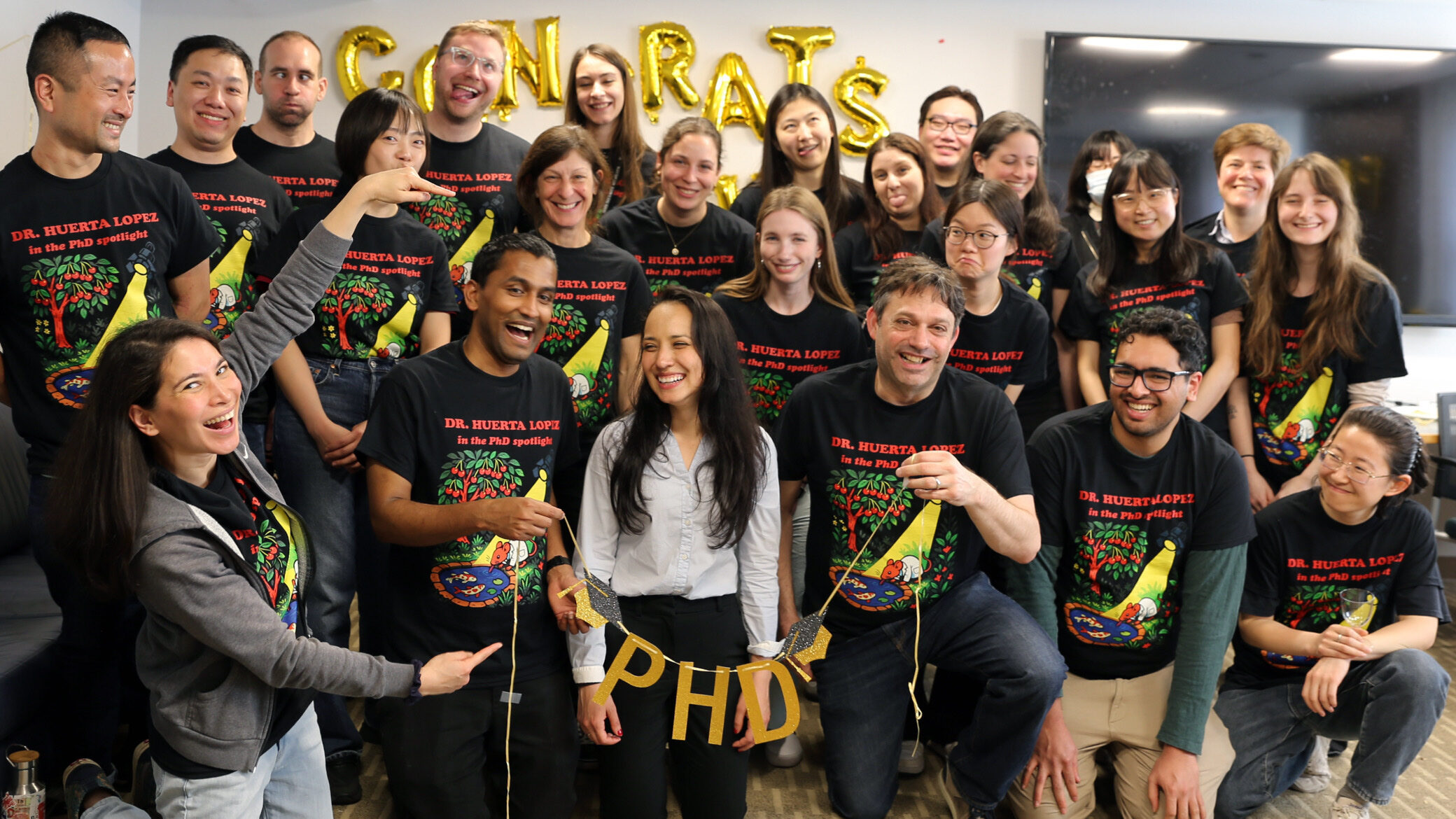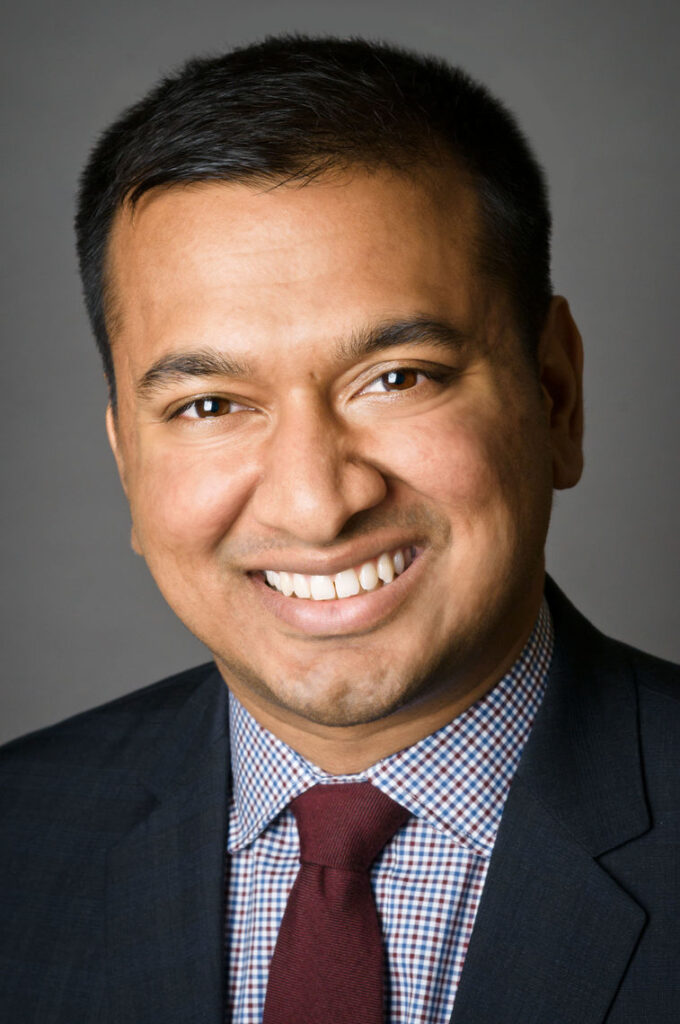- Fellow Highlights
Q&A: Suhas Rao Wins Hertz Fellowship

Suhas Rao (2016 Fellow) recently learned that he was awarded a 2017 Hertz Foundation Fellowship. The Hertz fellowship will support his research at Stanford, where he is pursuing an MD/PhD in biophysics.
Suhas graduated from Harvard University where he worked at the Broad Institute and became interested in genomics. After college, he continued his research on the three dimensional structure of the genome at the Broad Institute and Baylor College of Medicine, resulting in two co-first authored publications in Cell and PNAS. This work, which resulted in the highest resolution maps of the 3D genome to date and revealed numerous structural principles of genome folding, was featured in TIME, NPR, The Atlantic, Forbes, and Scientific American, and was lauded on the floor of the US House of Representatives.
Born in Massachusetts, Suhas is the son of Indian immigrants who came to the US in the 1980s.
Congratulations on the Hertz! How far along in your MD and PhD studies are you?
Thank you, I’m thrilled to be awarded this opportunity! I am just finishing up my second year of medical school and about to start graduate school in the PhD program in Biophysics at Stanford.
2. Is there a particular lab at Stanford that you are connected to?
My work is jointly advised by Dr. Roger Kornberg at Stanford University and Dr. Erez Lieberman Aiden at Baylor College of Medicine.
3. Can you describe the research that Hertz will be supporting?
The Hertz Fellowship will be supporting my work on understanding how the genome is physically organized inside cells. If you were to take the DNA inside a cell and stretch it out, it would measure over 6 feet long, and yet it fits inside a nucleus that is only microns wide. Understanding how this tremendous feat of packaging is accomplished is crucial to understanding how a heart cell, or an eye cell, or any other cell accomplish all of their vastly different functions despite having the same underlying DNA. I develop technologies to read and write the three dimensional structure of the genome in order to elucidate how all the components inside the nucleus come together to regulate biological processes like gene expression and establish cell state.
4. What is most exciting to you about receiving the Hertz?
As with the PD Soros Fellowship, the most exciting part about receiving the Hertz Fellowship is the wonderful community that I’ll be joining. Many of the scientists who I’ve been inspired by and have influenced my work are current or former Hertz Fellows; having the opportunity to interact with and learn from all of these scientists and be exposed to all the immensely creative ideas that are generated by members of the Hertz community is a true privilege.
5. What do you hope your current research achieves?
As a future physician-scientist, my work is motivated by a desire to make a difference in the lives of patients. Our technological ability to sequence patients’ genomes in the clinic is advancing tremendously, but there is still a major gap in our ability to analyze that information and use it to effectively inform clinical decisions. My hope is that my work on understanding the physical processes underpinning gene regulation will contribute to a better understanding of how to interpret variation in the genome and connect variation with more precise therapeutic modalities. ∎
Keep Exploring
-
 Read more: Kathy Ku Steps into Leadership as PDSFA Chair
Read more: Kathy Ku Steps into Leadership as PDSFA Chair- Board of Directors
- Fellowship News
Kathy Ku Steps into Leadership as PDSFA Chair
-
 Read more: Q&A with MD/PhD Student Silvia Huerta Lopez
Read more: Q&A with MD/PhD Student Silvia Huerta LopezQ&A with MD/PhD Student Silvia Huerta Lopez
-
 Read more: PD Soros Eligibility Guide for PhD Applicants
Read more: PD Soros Eligibility Guide for PhD Applicants- Applicant Information
PD Soros Eligibility Guide for PhD Applicants
-
 Read more: Watch: Optional Exhibits & Recommendations
Read more: Watch: Optional Exhibits & Recommendations- 2025 Information Sessions
Watch: Optional Exhibits & Recommendations
